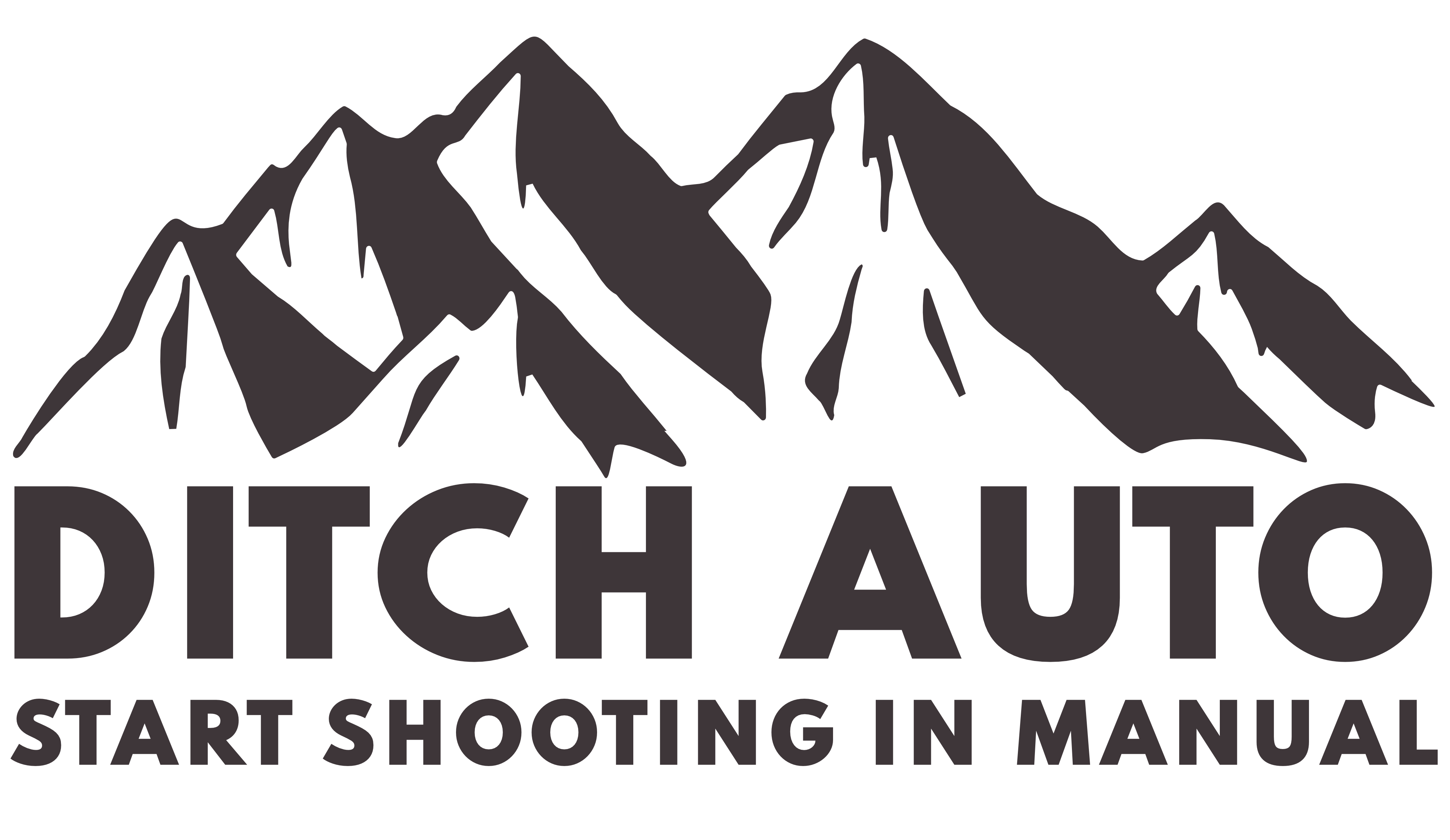You will have probably noticed the large dial with a myriad of symbols on the top right corner of the Canon Rebel T6i. This is your shooting mode selector dial, and switching between the different modes causes your camera to behave differently based on the mode selected. Let’s go over all the shooting modes of your Canon T6i and what each of them helps you accomplish:
The Mode Dial has ten different shooting mode selections, and can be largely separated into two categories: the Basic Zone, and the Creative Zone. The two zones determine a number of settings that are either set automatically or manually. Basic Zone shooting modes enable the user to simply point and shoot, without having to adjust most settings manually in order to get a well exposed and in-focus photo. Creative Zone shooting modes put more control in the hands of the user who would prefer to adjust more parameters by hand.
The Basic Zone modes are:
- Scene Intelligent Auto (Green A in box). This mode is the most basic mode where the camera does almost everything automatically. All you have to do is point and shoot. The camera will focus on the subject when the shutter is half pressed, and will automatically adjust ISO, shutter speed, aperture, and flash for the best exposure.
- Disabled flash (Box with line through lightning symbol) (Intelligent Auto with disabled flash) is exactly the same as Scene Intelligent Auto without flash, for situations where bright flashes are discouraged or not allowed.
- Creative Auto (letters CA inside box) gives you a unique feature as well as control over a handful of settings. In Creative Auto, you can make the background of your image blurry so that your subject stands out, adjust the ambience to give the photo a different mood, and change both the drive and flash modes.
- Special Scene Mode (SCN) has seven settings available to dial in the most useful settings for some of the most common situations. Available modes in Special Scene are: Portrait, Landscape, Close-up, Sports, Night Portrait, Handheld Night Scene, and HDR Backlight Control.
Creative Zone modes are less limited, and give more user control over various aspects of shooting. You are free to adjust Autofocus modes and zones, metering, and more.
The Creative Zone modes are:
- Program AE (P). In Program, the camera automatically sets the shutter speed an aperture, leaving the exposure adjustments left to you. You can also use Program Shift, which lets you shift (using the main dial) the automatic balance set between the shutter speed and aperture for even more control.
- Shutter-priority AE (Tv) automatically locks in the exposure and aperture so that you manually control the shutter speed. This is a great creative tool to to either add or subtract movement from your shots by using slower or higher shutter speeds.
- Aperture-priority AE (Av), as you might guess, the final of the three priority modes, giving you manual control of the aperture of your camera while automatically setting shutter speed and exposure. Adjusting the aperture gives you control of how much of your shot is in (or out of) focus.
- Manual (M) puts all three of the main adjustments in your control. Using the two control dials and the ISO button, you’re given free reign over everything to compose the shot to your liking.
- Bulb (B) is a mode wherein the camera shutter stays open for as long as you are holding down the shutter button. Bulb mode is useful for long exposure photography, and is meant to be used with the camera on a tripod (don’t try to handhold the camera and expect a decent photo in Bulb mode).

